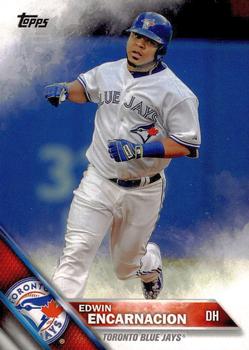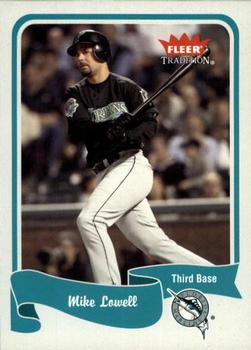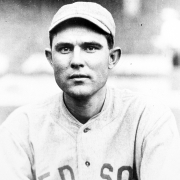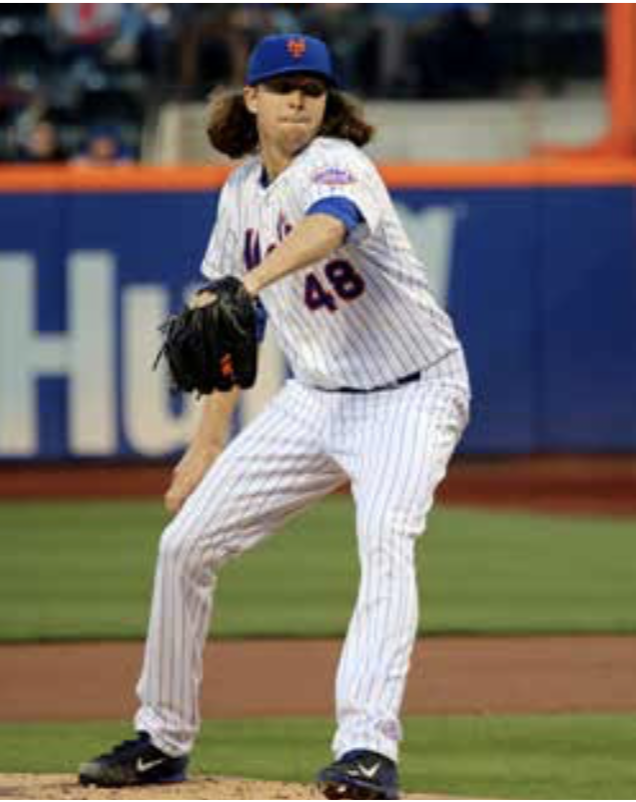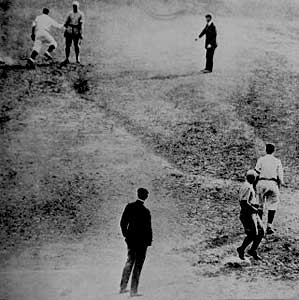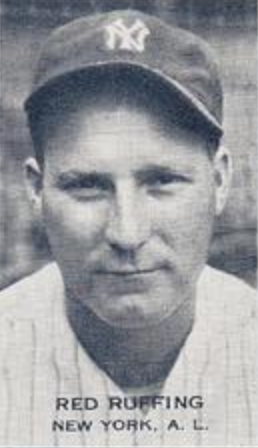October 7, 1945: Tigers gain World Series edge behind Newhouser’s princely pitching
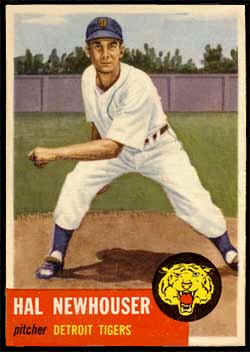 In the second half of 1945, no pitcher in baseball had been as hot as Chicago Cubs right-hander Hank Borowy.
In the second half of 1945, no pitcher in baseball had been as hot as Chicago Cubs right-hander Hank Borowy.
Acquired from the New York Yankees in late July, the strapping 29-year-old went 11-2 from that point on, leading the National League in earned-run average at 2.13. In Game One of the 1945 World Series at Briggs Stadium (what would come to be known as the last wartime fall classic), Borowy had pitched a brilliant six-hit shutout. He bested Hal Newhouser, winner of 54 games the past two seasons. Newhouser, along with Dizzy Trout and Virgil Trucks, was part of a fantastic Tigers rotation dubbed the “TNT formula” by teammate Hub Walker. With all eyes watching in October, however, the shell-shocked Newhouser could not make it through the third inning, finally exiting ignominiously with a 7-0 deficit as the Cubs captured Game One.
Chicago was the scene for Game Five, where over 43,000 Cubs rooters jammed Wrigley Field. Included in the crowd were nearly 2,500 standing-room patrons. Several scalpers were hauled away for demanding $6 for seats in the bleachers, which in any event were filled shortly after breakfast.
The sun had finally come out: With the tarp on the field before the previous two contests, neither team had been able to take batting practice. The Series was tied at two games apiece, and Borowy and Newhouser were again set to square off. Oh, what a difference four days would make.
Through the first five innings, it was a classic pitchers’ duel, with Detroit riding home-plate umpire Bill Summers for what the team viewed as some questionable ball and strike calls. The Bengals got on the scoreboard in the third inning when Doc Cramer’s long fly to center scored Skeeter Webb. Newhouser gave the lead right back in the home half of the frame, however. After reaching on a double, Borowy dashed home on Stan Hack’s single up the middle.
That is how things stayed, with the two pitchers exchanging goose eggs until Detroit broke open the game with four runs in the sixth (the third time in five games that the Tigers had clustered that many in a frame). Borowy never retired a batter that inning, giving up four straight hits, including an RBI double by Hank Greenberg and a single by Rudy York that plated a run and sent Borowy to the showers. The final line for the New Jersey native read five earned runs in five innings. (By a strange coincidence, while the departing Borowy trudged off the field an announcement was made over the Wrigley Field loudspeaker: “Will coroner Al Brodie call his office at once.”1) The Cubs used five pitchers in the game (Borowy, Hy Vandenberg, Bob Chipman, Paul Derringer, and Paul Erickson), and the Tigers romped to an 8-4 win. They were now one win away from their second world championship. The first, coincidentally, had come 10 years ago to the day in 1935.
For Detroit, it was a balanced attack: Only third baseman Jimmy Outlaw and Newhouser went hitless, and only second baseman Eddie Mayo and catcher Paul Richards failed to drive in a run. Left fielder Hank Greenberg (who had returned to the team on July 1 following a four-year stint in the US Army) slashed three doubles and scored three times, while right fielder Roy Cullenbine also hit a two-bagger and drove in a pair.
For Borowy, it was his first defeat since August 24. He figured his stuff was just as good as it had been in Game One. He just wasn’t fooling anybody this time. That Detroit had gotten to him was indeed surprising: Back in his Yankee days, he has been a true Tiger killer, posting an 11-3 mark in 16 starts against Detroit with a 2.76 earned-run average.
The man of the hour, however, was the pitcher known as Prince Hal, the Tigers’ 24-year-old wunderkind, the pride of Wilbur Wright High School in Detroit. The two-time reigning American League Most Valuable Player pitched far better than his four earned runs would indicate. He allowed only two hits through the first six innings, and no Chicago runner was left on base during that period. Staked to a big lead, he eased up on the gas. The Cubs managed five hits in the final three innings, but “four of them were of the blooper variety,” according to Irving Vaughan of the Chicago Tribune.2 Newhouser fanned nine (including Andy Pafko three times and Don Johnson twice) and walked only two.
Afterward, Cubs skipper Charlie Grimm did not sugarcoat the loss. “We got the hell kicked out of us. It was just boom, boom, boom – that’s all.”3 He gave credit where it was due, insisting that Newhouser’s change of pace was the best he had ever seen. Were the Cubs guilty of looking past the Tigers? The Sporting News noted that many of Grimm’s men were slated for a hunting trip after the Series ended. Before the game, “the clubhouse looked like an arsenal,” it quipped.4
Phil Cavarretta, the Cubs’ first baseman, who had managed one of those bloop hits in the late innings, had a simple explanation for Prince Hal’s success: Controlling the curveball. “He was getting them over today and he wasn’t (in Game One).”5
This article appears in “Wrigley Field: The Friendly Confines at Clark and Addison” (SABR, 2019), edited by Gregory H. Wolf. To read more stories from this book online, click here.
Sources
https://www.baseball-reference.com/boxes/CHN/CHN194510070.shtml
https://www.retrosheet.org/boxesetc/1945/B10070CHN1945.htm
Notes
1 The Sporting News, October 11, 1945.
2 Irving Vaughan, “North Siders Beaten, 8-4, by Newhouser,” Chicago Tribune, October 8, 1945.
3 Arch Ward, “In the Wake of the News,” Chicago Tribune, October 8, 1945.
4 The Sporting News, October 11, 1945.
5 Ward.
Additional Stats
Detroit Tigers 8
Chicago Cubs 4
Game 5, WS
Wrigley Field
Chicago, IL
Box Score + PBP:
Corrections? Additions?
If you can help us improve this game story, contact us.



